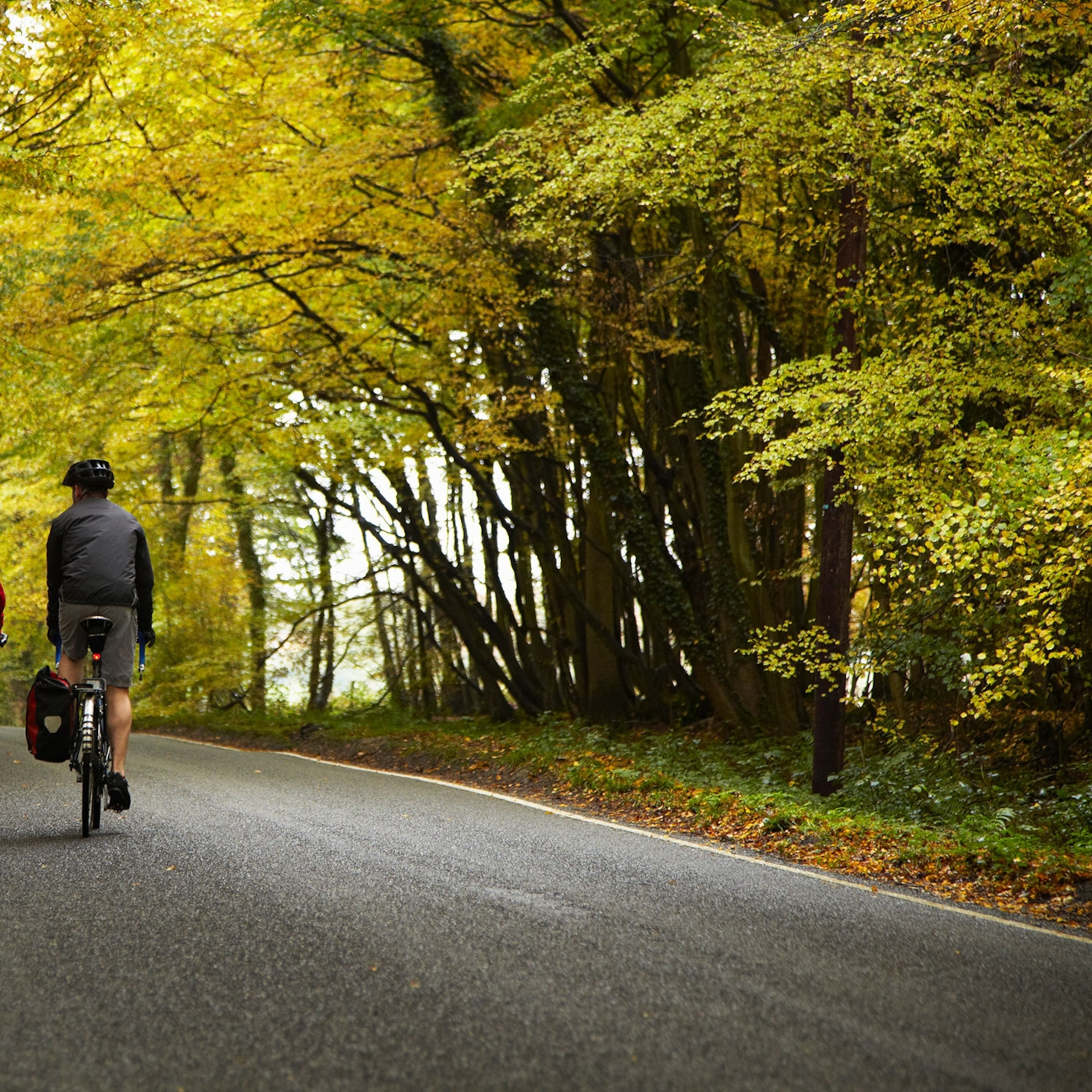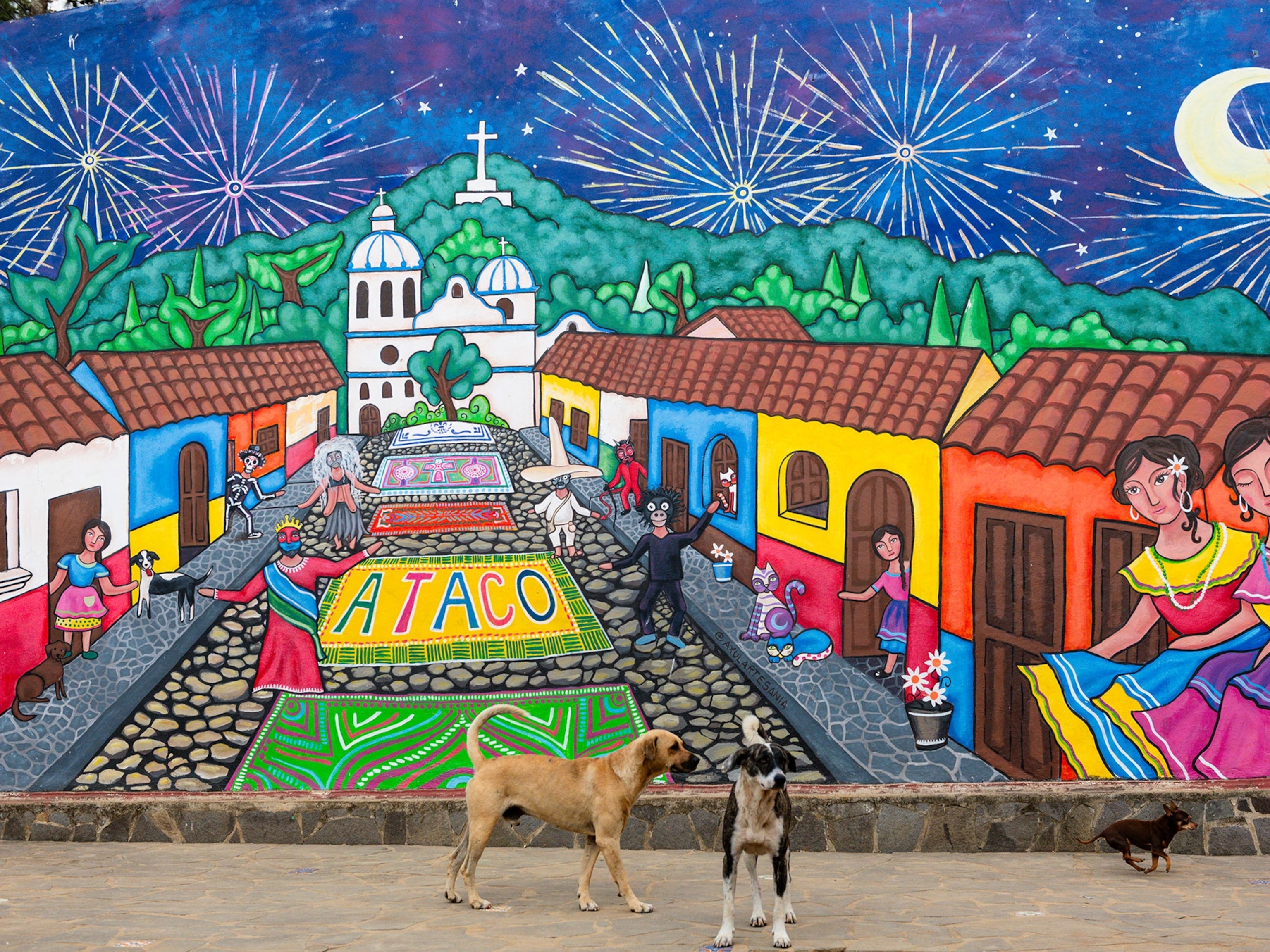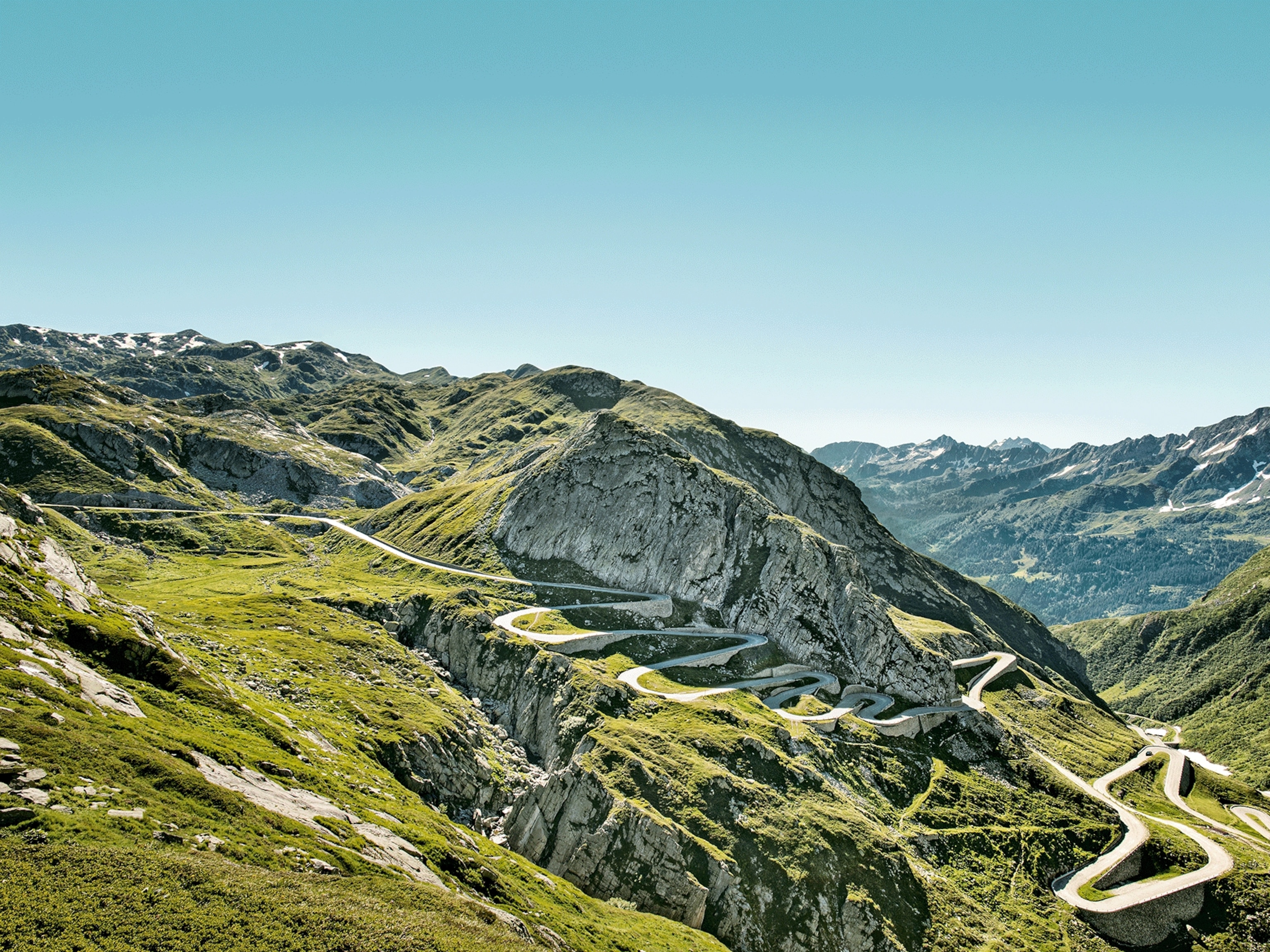
Oman on four wheels: discover the ultimate coastal road trip itinerary
Oman’s coastal road hugs the peninsula for 1,000 miles, winding its way from the capital of Muscat to the southern city of Salalah. It makes for a road trip of epic proportions — read on for our tips on how to tackle it.
Oman has long had a reputation for bustling souks and heritage attractions — but on this trip you can forget about encountering crowds. To set off on a road trip in Oman is to embrace the country’s vast deserts and wild Arabian shoreline; the country’s coastal road spools down the national map in one long, winding ribbon, crossing into the tropics and sticking close to a coastline that ranks among the wildest and most pristine in the Middle East. Islands, beaches, wildlife reserves and secluded port towns all lie along the route, creating a truly unforgettable experience, one that only comes from a mammoth, country-spanning road trip. For the most part, the roads are of a high standard, but be aware this is a serious drive, with plenty of opportunity for wild camping and off-road detours, so give proper consideration to hiring a four-wheel-drive vehicle.
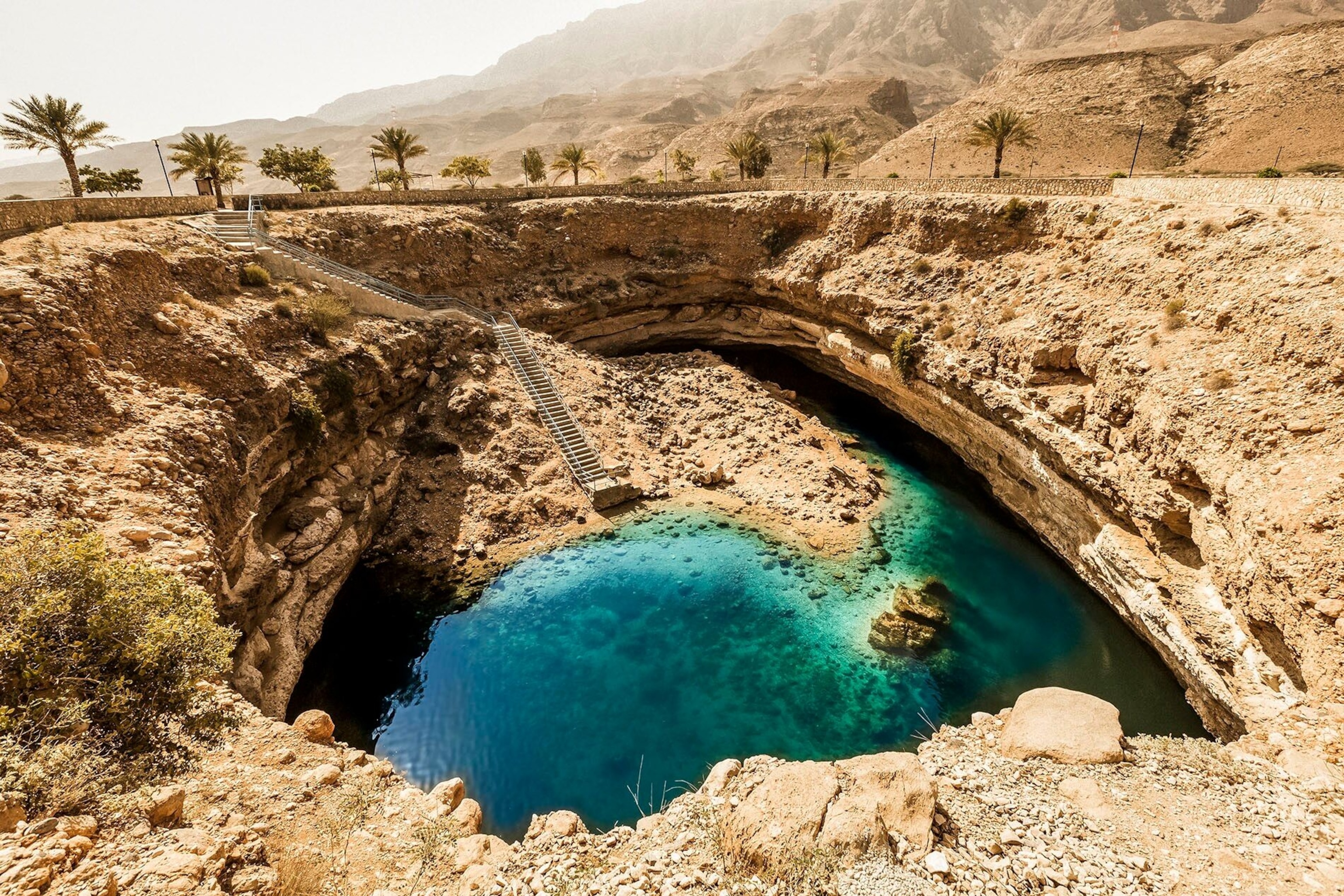
Days 1-2: Muscat
Start by exploring the country’s many-layered capital. First-timers shouldn’t miss the extraordinary Sultan Qaboos Grand Mosque — designed on a head-spinning scale with capacity for some 20,000 worshippers — or the chance to explore the city’s historic core, with its fort-lined port and traditional souk. If you haven’t pre-booked a vehicle, hire can be organised from Muscat International Airport, and most hotels can arrange this for you too (some travellers find this preferable, as it prevents having to get behind the wheel on unfamiliar roads after a long flight).
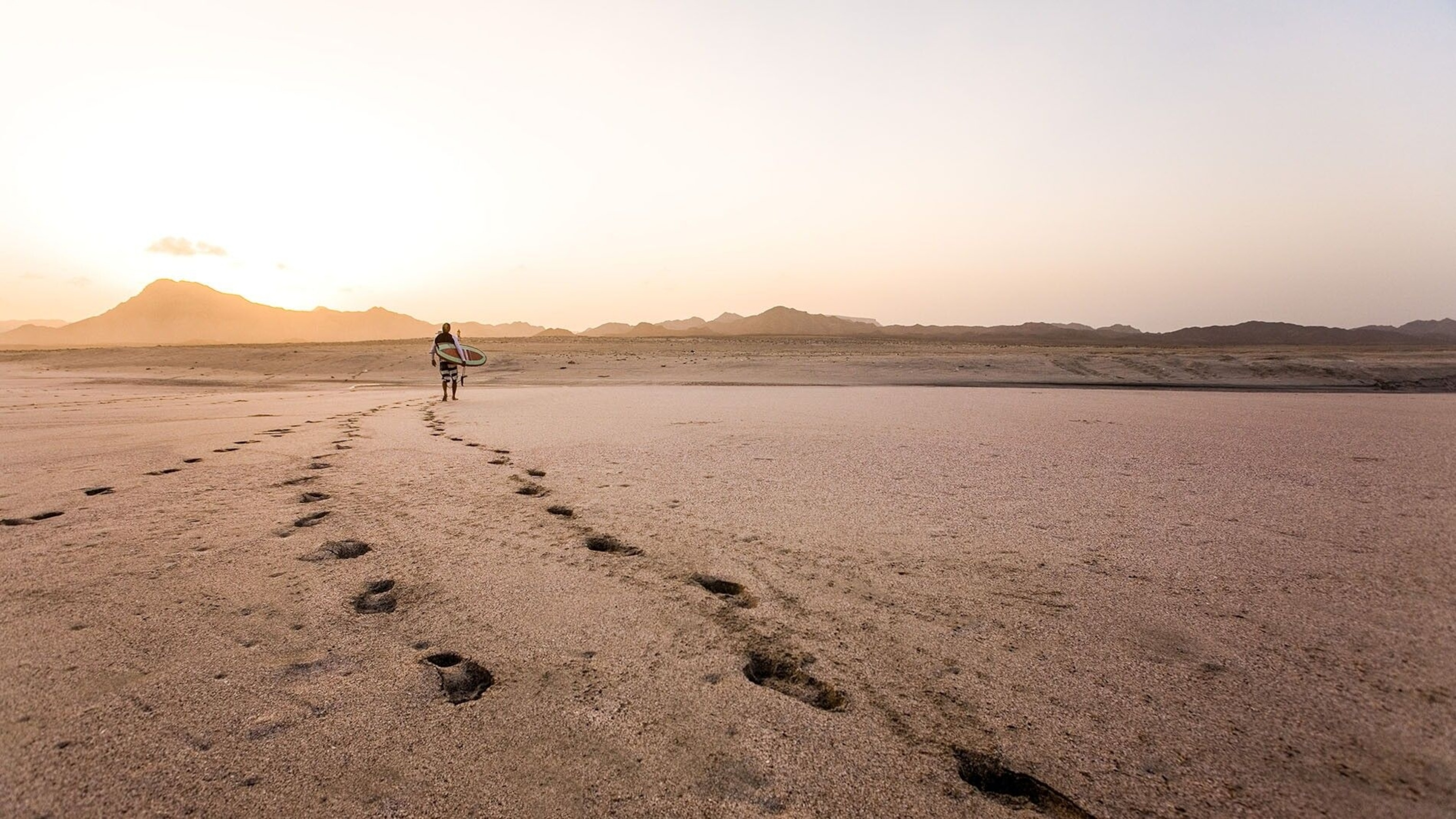
Days 3-4: to Ras Al Hadd
Depart Muscat on Route 17 — the busiest stretch of road all trip — and travel out to the country’s westernmost point, where the Sea of Oman meets the Arabian Sea at Ras Al Hadd. This whole section covers around 150 miles, but you’ll find plenty of diversions along the way. After leaving Muscat, you’ll have the coast on your left and the Hajar Mountains on your right. Stop at Bimmah Sinkhole, an entirely natural water-filled depression in the coastal limestone. Next up is glorious Wadi Shab, which gives the opportunity for a hike and swim through handsome ravines. Then, stop off at the shipbuilding town of Sur before arriving at the Ras Al Hadd headland itself. Close by is the huge turtle nesting site of Ras Al Jinz, with tours at dawn and in the evenings — May to September are the key months.
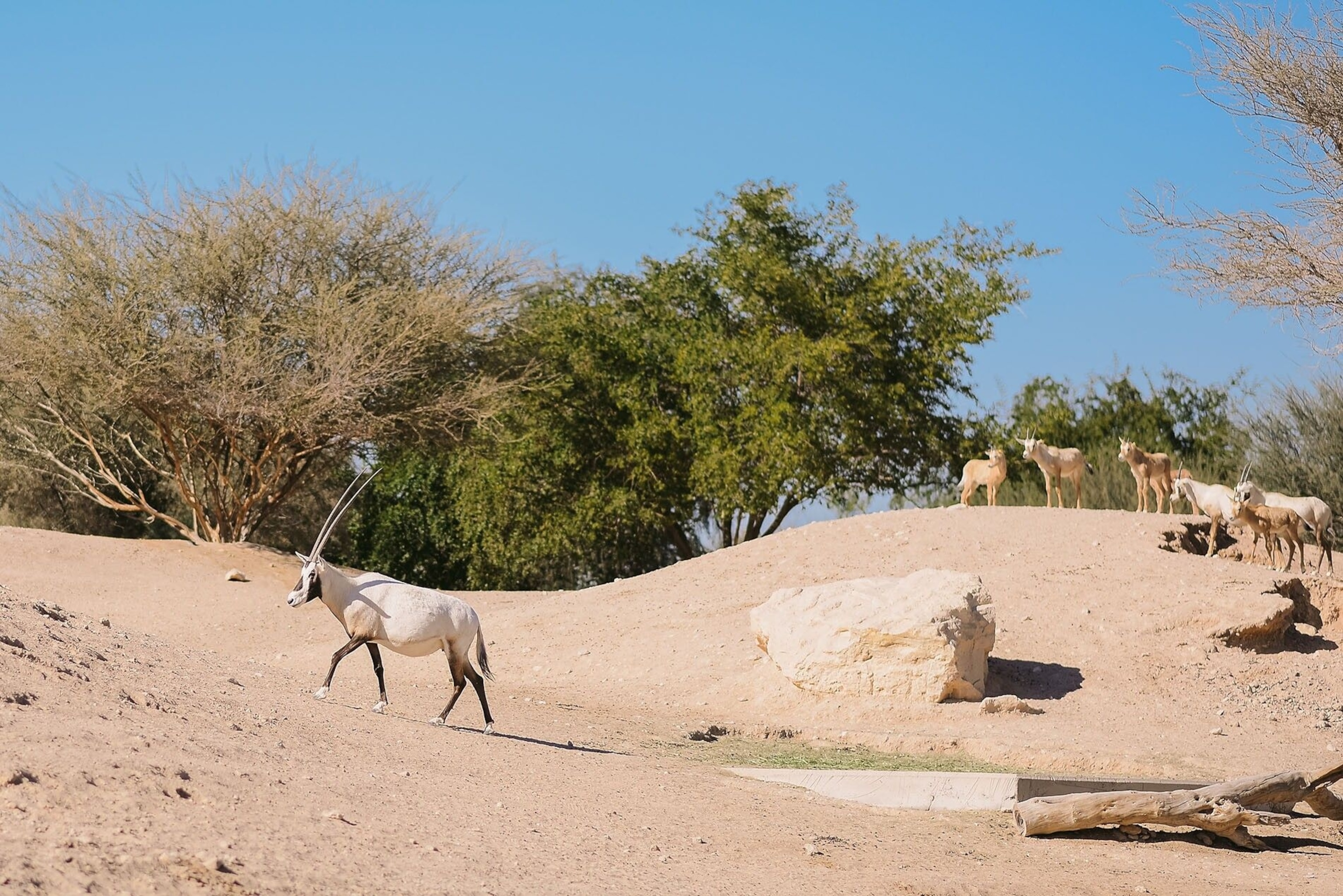
Days 5-6: to Bar al Hikman
Winding south along the shoreline of the Arabian Sea, this almost 200-mile drive gives you a sense of Oman’s sheer size. Following the remote desert coastline, you’ll first pass through the town centre of Al Ashkharah before the road opens up again: expect hazed heat, long views and the salty scent of the sea breeze. You’ll be driving with the vast, dune-laden expanse of Wahiba Sands on your right before reaching the port of Shannah, the jumping-off point for the ferry to Masirah, Oman’s largest island. It’s largely untouched, and a great wild camping option. Further south on the mainland, you’ll approach the Bar al Hikman peninsula, famed for its kiteboarding and birdlife-rich beaches.

Days 7-8: to Ras Madrakah
Back on the road, loop the mangrove-fringed bay — perhaps calling in at the birdwatching spot of Filim — before making a stop at the fishing village of Al Khaluf, which plays host to the stunning white sands of the Sugar Dunes. Continuing south past heat-baked hills and cliffs, you can head inland near the port of Duqm to visit the Al Wusta Wildlife Reserve, renowned for its reintroduced oryx (you’ll need permission to visit in advance). A section of flat coastal driving then brings you to the dark-rock headland of Ras Madrakah, with excellent camping potential nearby. If you’re stopping off at Filim and Al Khaluf, this leg totals around 280 miles, but if not, it’s nearer the 185 mark.

Days 9-10: to Ash Shuwaymiyyah
The next section, heading east to Ash Shuwaymiyyah, is a 215-mile journey through wonderfully raw Arabian scenery. A highlight along the way is the pink lagoon of Khawr Ghawi, which takes its unusual colour from algae in the water and is only a short diversion from the coastal road. There’s further reward at the town of Ash Shuwaymiyyah itself, in the form of a majestic wadi bordered by white limestone cliffs. It’s a spot that most visitors to Oman never see. If the wild silence here whets your appetite for more, you can even arrange a local boat to take you out to the tiny Hallaniyat Islands, which are surrounded by pristine coral reefs and, from January to April, are great for humpback whale sightings.

Days 11-12: to Salalah
The last 170-mile stretch along the coast brings you into the south of the country, and the inimitable Dhofar region. Make time to visit the spectacular Jabal Samhan Nature Reserve, where rare Arabian leopards still roam. Though it’s unlikely you’ll spot one, you can pre-arrange a tour that will teach you about the reserve’s conservation efforts. From here, you’re within easy reach of subtropical Salalah, a city defined by coconut plantations, wild white-sand beaches and the maze-like Al Husn Souq.
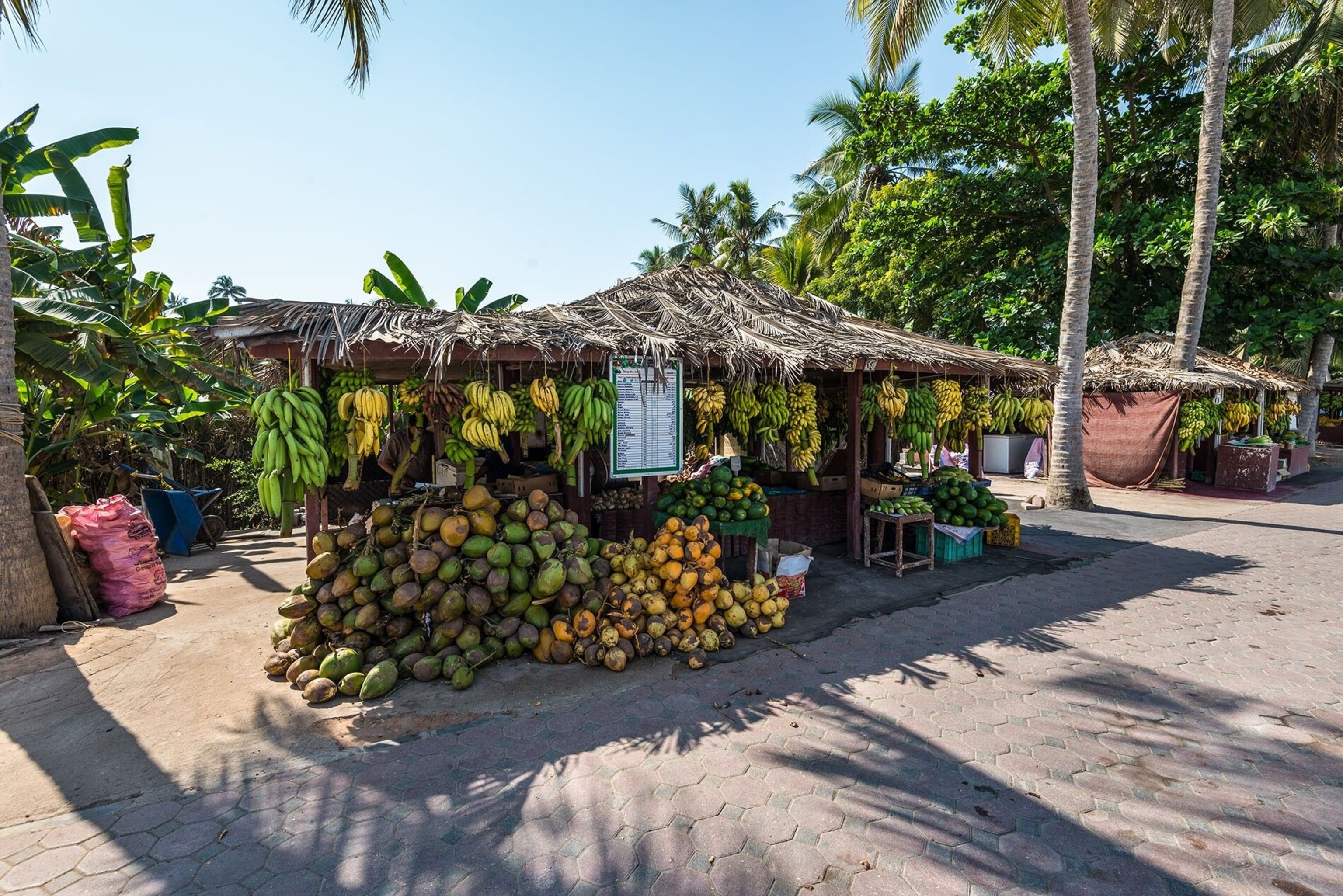
Days 13-14: Dhofar Mountains
With the serious driving out of the way, you can spend the last days of your trip enjoying the unique landscapes of the mountains around Salalah. If you’re here between around July and September, you’re in luck. This is when the region enjoys a khareef, or monsoon season, that turns the mountain landscapes a lush green, with gushing waterfalls and swimming holes. Even at other times, however, you’ll find plenty of interest in the valleys and highlands around the city, from frankincense trees in the west to rarely dry wadis in the east.
Essentials
Getting there & around
Oman Air flies direct from Heathrow to Muscat International Airport. A four-wheel-drive vehicle is advisable for this trip — there are various hire companies in Muscat. Fuel is relatively cheap, but distances between stops can be lengthy, so take care to fill up where you can.
When to go
October to March are the peak months, when much of Oman has a summer-in-the-Med climate.
For more information on the country as a whole, visit experienceoman.om
Follow National Geographic Traveller (UK) on social media
Facebook | Instagram | Twitter

